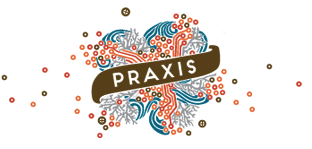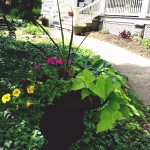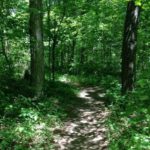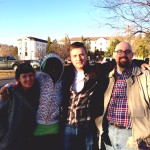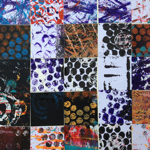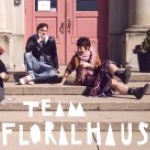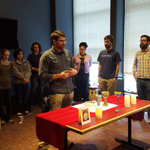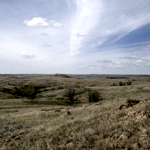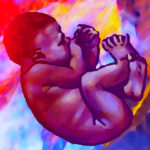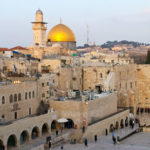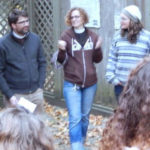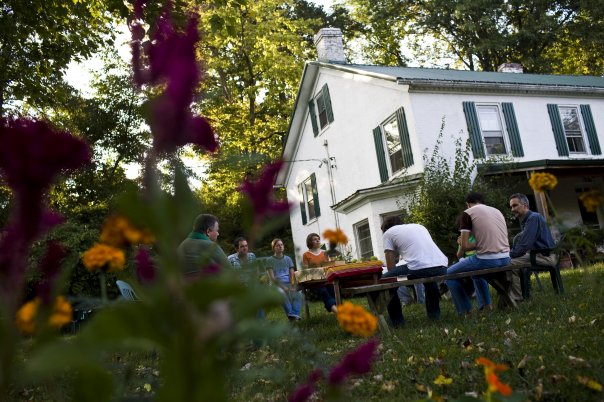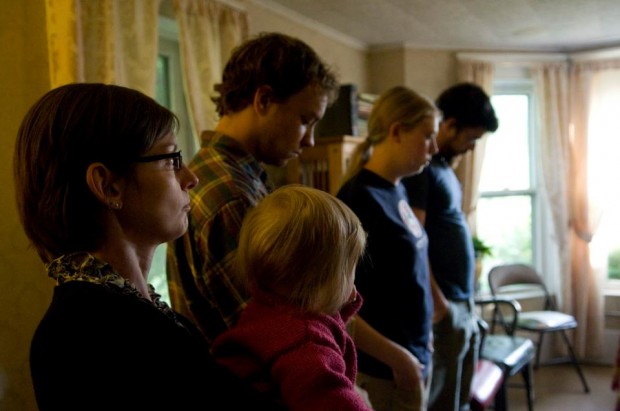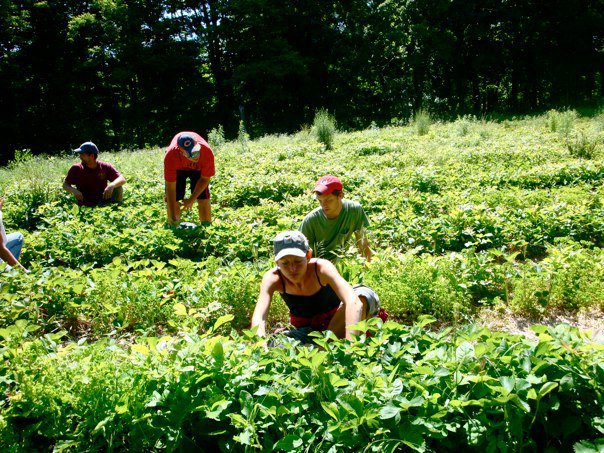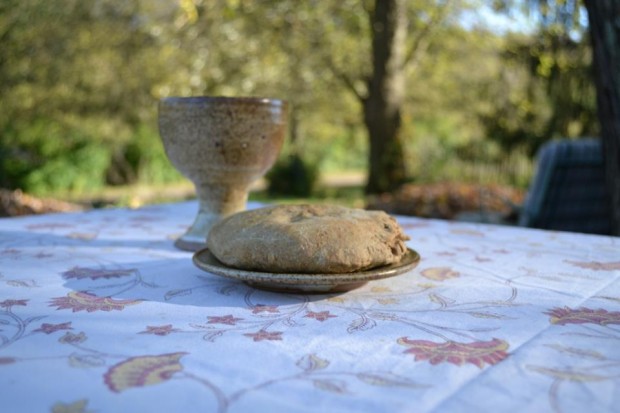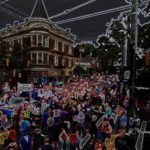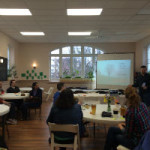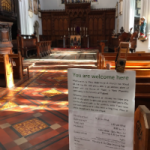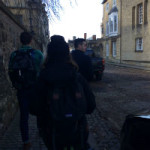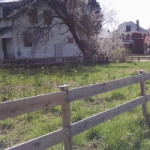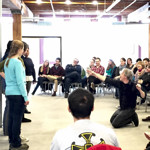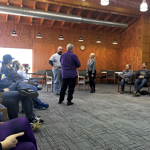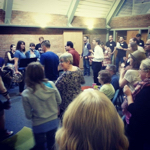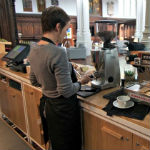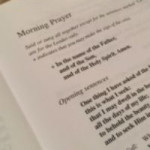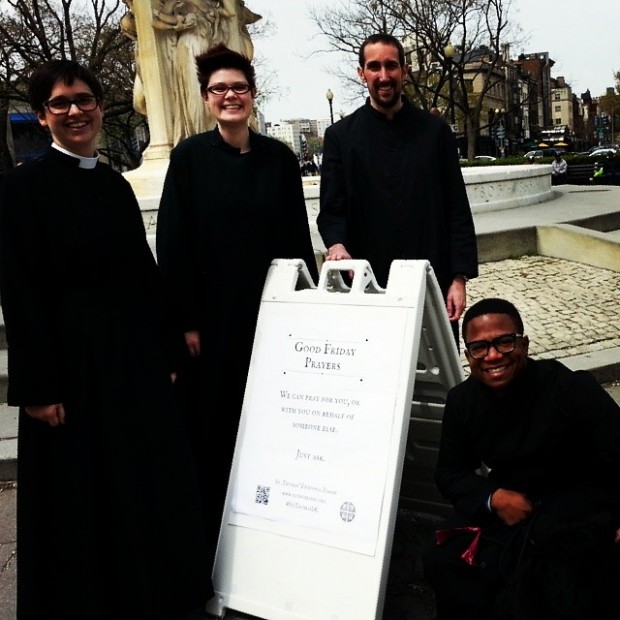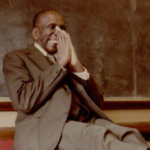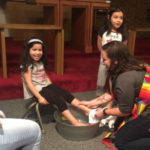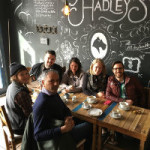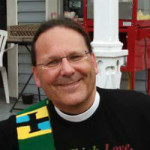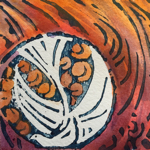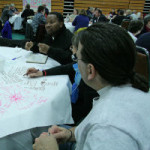Archives
Why I Practice Morning Prayer
Two years ago this morning we were in a delivery room exhausted, a little scared and uncertain of our next move.
My wife, Brooke, had gone into labor around 6:00am the day before. We had taken 12 weeks (TWELVE WEEKS!) of birthing classes to prepare us for what we hoped would be an unmedicated, natural birth (I still say I should get college credit for those 12 weeks, but that’s another story). We had a midwife, a doula, a supportive obstetrician and hospital, and a plan. Brooke labored at home for much of the first day (according to our plan). She practiced breathing, walking, stretching, and remaining calm while I coached, prayed and supported. That afternoon everyone agreed it was time to go to the hospital. We made our way, checked in, settled into our room as she continued the process of bringing our little guy out into the world. A few hours later it started raining – it tends to pour buckets on all our significant life events – so we knew it must be time. The midwife said, “I think you’re ready. Let’s check and then you can start pushing.”
Our plan was going flawlessly.
Only, not so much.
Much to our team’s surprise, we had made almost no progress. It seemed our little man (with the giant head) was content to stay put even though Brooke’s body was forcefully working to evict him.
At this point we faced the choice of a C-section (something Brooke had decided she wanted to avoid if at all possible) or to keep going.
These are the moments when you realize that women really are the stronger members of the species. Brooke chose to keep going – for 12 MORE HOURS.
Which brings us back to this morning two years ago when we were exhausted, scared, uncertain and out of things to pray. The midwife had told us that 8:00am was our cutoff point. She had fought for us and held off the C-section as long as she could. She went to the hallway to consult with the Ob and prepare.
Brooke, our incredible doula, Melissa and I were in the room – out of things to pray and out of energy. When something like muscle memory made me say, “It’s time for morning prayer.”
For the previous three years I had developed a practice of using prayer books in the morning and in the night. I had been praying morning prayer from Celtic Daily Prayer. I pulled it up on my phone (as all modern monks do) and was greeted with the familiar and fitting Psalm 130
Out of the depths I cry to you, Lord;
Lord, hear my voice.
Let your ears be attentive to my cry for mercy.
If you, Lord, kept a record of sins,
Lord, who could stand?
But with you there is forgiveness,
so that we can, with reverence, serve you.
I wait for the Lord, my whole being waits,
and in his word I put my hope.
I wait for the Lord
more than watchmen wait for the morning,
more than watchmen wait for the morning.
Israel, put your hope in the Lord,
for with the Lord is unfailing love
and with him is full redemption
Melissa and I began praying the Psalm over and over.
I’d like to say Oliver peacefully made his entrance into the world as we prayed.
He didn’t.
But when our midwife came back in from the hallway consultation we were calm, encouraged and ready. And he had moved – just enough.
So 2 hours and 40 minutes after that we welcomed Oliver Davis (“Peaceful” and “Beloved”) into the world.
This is why I practice morning prayer. And this is why we practice morning prayer at Brendan’s Crossing our intentional community in Cincinnati. Building a rhythm and practice of prayer develops that muscle memory and relationship for when we don’t have the words, the strength, or the insight to pray. This morning this psalm appeared again in morning prayer and brought with it the memory of Oliver’s birth.
So Happy Birthday to our peaceful and beloved guy, who remains a patient and unhurried child with a big noggin. I think it’s fitting to close by praying this Psalm for you today,
“Oliver Davis, put your hope in the Lord now and forevermore, for with the Lord is unfailing love and with him is full redemption. Amen.”
Aaron Wright is the Program Director of Brendan’s Crossing a Young Adult Intentional Community and Service Year sponsored by the Episcopal Diocese of Southern Ohio. His wife Brooke is a Rebel Storyteller, mother of three, and an advocate for orphans and adoption.
